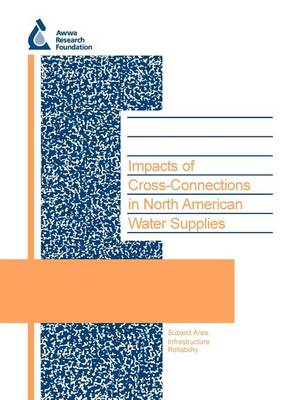For many years, cross-connections and backflow have been well understood. Programs to prevent unhealthy situations from happening have been in place for many years. However, a general and extensive study on their impacts, types of programs, incidents, and financial repercussions has not been conducted. Many computer models for steady state or quasi-steady state simulation exist, but applications for transient state simulation, especially demonstrating backflow incidents, have rarely been done.The first objective of this project was to assess the impacts, financial and otherwise, of cross-connections and cross-connection control in North American water supplies and to North American water purveyors. The project team also planned to create and use a computer model to simulate and demonstrate hydraulic changes in the transient state.Of the over 700 utilities surveyed, 91% were found to have a cross-connection control program. Survey data indicated 65% of cross-connections were indirect and 35% were direct. Sudden changes of water demands in piping networks can cause sub-atmospheric pressures within the systems resulting in backflow incidents. Systems with larger variances in ground elevations have the greater possibility of creating sub-atmospheric pressures as water demands in the systems change.Originally published by AwwaRF for its subscribers in 2003 This publication can also be purchased and downloaded via Pay Per View on Water Intelligence Online - click on the Pay Per View icon below
- ISBN10 1843398435
- ISBN13 9781843398431
- Publish Date 1 January 2004
- Publish Status Out of Print
- Out of Print 2 March 2017
- Publish Country GB
- Imprint IWA Publishing
- Format Paperback
- Pages 228
- Language English
